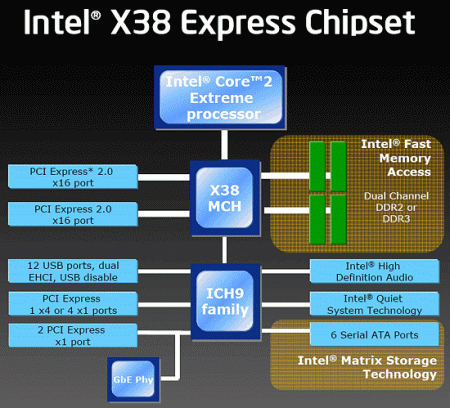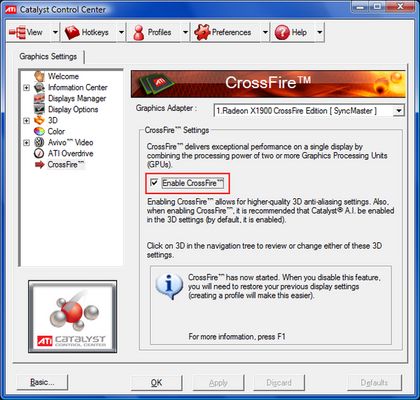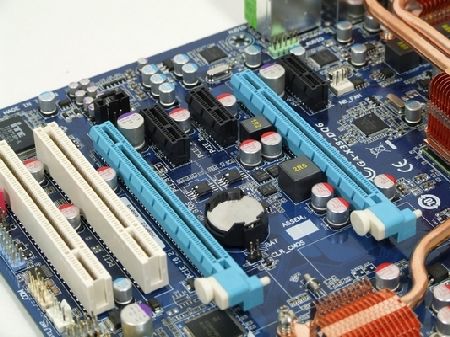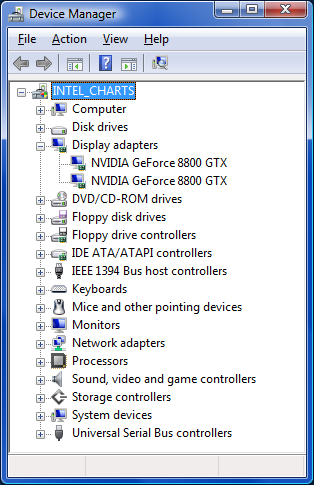Intel X38 Chipset: A Porsche with the Handbrake On
2x PCI-Express X16
From an enthusiast perspective, the most important characteristic of the new X38 chipset are its two x16 PCI Express interfaces, providing both single-card and dual-card configurations with full bandwidth. The graphics chips makers have had such products in their portfolio for a while now: AMD/ATI sells the ATI Crossfire Xpress 3200, Nvidia makes the Nforce 680 chipset.
Previously, the best Intel could offer was a dual x8 interface on the 975X, or an x16/x4 configuration on the P35 and the 965P chipsets. Either way, users with a Crossfire configuration were unable to harness the full power of their graphics hardware, since at least one of the cards didn't have access to the full bandwidth of the interface.
Currently, only AMD/ATI can take advantage of dual-card operation on X38-based boards. Support for Nvidia's SLI technology will only be included in the upcoming dual-socket "Skulltrail" platform, Intel's answer to AMD's QuadFX (4x4). Just to be clear: there will be no support for Nvidia's SLI on the X38 platform ... for now.
This raises the question of what mindset Intel used in approaching the development of a dual x16 PEG desktop platform. The chipset only supports ATI's Crossfire, even though Nvidia's SLI is more popular with the extreme gaming crowd, due to ATI's current performance deficits. While there is always the possibility of running two affordable ATI cards as a Crossfire setup, this will become a moot point soon with the introduction of the dual-chip Radeon HD 2600 X2 cards with 1 GB of VRAM. ATI also offers very good value for money with the 2900 Pro, but due to the high price, a Crossfire combination of two such cards makes very little sense on an X38 board.
Although two Nvidia 8800GTX would offer the best performance, the X38 does not support SLI.
Another theory may offer an explanation. The X38 was developed in the same time frame as the P35; at that point, Intel could not have known that ATI/AMD would no longer be making the fastest cards in the graphics arena.
Get Tom's Hardware's best news and in-depth reviews, straight to your inbox.
Current page: 2x PCI-Express X16
Prev Page Ready For Penryn With 45 Nanometers Next Page PCI-Express 2.0Tom's Hardware is the leading destination for hardcore computer enthusiasts. We cover everything from processors to 3D printers, single-board computers, SSDs and high-end gaming rigs, empowering readers to make the most of the tech they love, keep up on the latest developments and buy the right gear. Our staff has more than 100 years of combined experience covering news, solving tech problems and reviewing components and systems.







